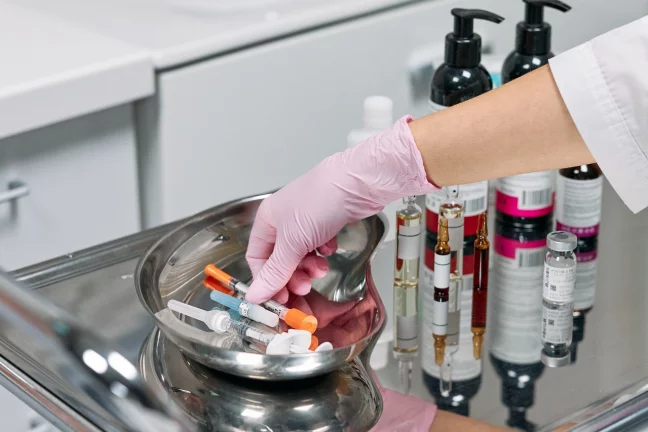-

- Author e-FILLERS Team
- Aug 2nd, 2024
Understanding Regulatory Compliance for Dermal Fillers: Key Considerations for Clinics and Distributors

In the ever-evolving field of medical aesthetics, regulatory compliance is a critical aspect that clinics and distributors must navigate to ensure patient safety and product efficacy. Understanding and adhering to the various regulations governing dermal fillers is essential for maintaining credibility and avoiding legal pitfalls. Let’s find out the key considerations for regulatory compliance in the dermal filler industry, providing valuable insights for clinics and distributors as well.
Regulatory Bodies and Frameworks
The regulation of dermal fillers varies across regions, with different countries enforcing specific guidelines to ensure the safety and effectiveness of these products. In the United States, the Food and Drug Administration (FDA) classifies dermal fillers as medical devices, subjecting them to rigorous evaluation processes before they can be marketed. Similarly, in Europe, dermal fillers are regulated under the Medical Devices Directive (MDD) or the more recent Medical Device Regulation (MDR), which provide a framework for compliance, including requirements for clinical evaluation and post-market surveillance.

Product Approval and Certification
Before a dermal filler can be legally sold or used, it must undergo a comprehensive approval process. This includes submitting clinical data demonstrating the product's safety and efficacy, labeling compliance, and manufacturing practices. In the U.S., dermal fillers are typically approved through the FDA's Premarket Approval (PMA) process or the 510(k) clearance process, depending on the product's classification and risk level. In the EU, products must carry the CE mark, indicating they meet the necessary safety and performance requirements
Quality Control and Manufacturing Standards
Compliance with Good Manufacturing Practices (GMP) is a critical requirement for the production of dermal fillers. These standards ensure that products are consistently produced and controlled according to quality standards. GMP covers all aspects of production, from the raw materials used to the training of personnel and the cleanliness of equipment. Adhering to GMP not only ensures product safety but also builds trust with both regulators and customers.
Clinical Use and Practitioner Certification
Clinics must ensure that all practitioners administering dermal fillers are properly trained and certified. This includes understanding the specific properties and techniques associated with each product, recognizing potential complications, and knowing how to manage adverse events. In many regions, only licensed healthcare professionals are authorized to perform dermal filler injections, underscoring the importance of adhering to local regulations and standards of practice.
Ethical Marketing and Communication
Regulatory compliance also extends to the marketing and communication of dermal fillers. This includes ensuring that all promotional materials are accurate, not misleading, and comply with regulatory guidelines. Misrepresentation of a product's benefits or failing to disclose potential risks can lead to significant legal and financial repercussions. It's essential for distributors and clinics to provide clear, honest, and comprehensive information to consumers.
Conclusion
Navigating the regulatory landscape for dermal fillers requires a comprehensive understanding of the various guidelines and standards in place. For clinics and distributors, ensuring compliance not only protects patients but also enhances the reputation and credibility of their practice or business. By staying informed and adhering to regulatory requirements, stakeholders can contribute to the safe and effective use of dermal fillers in aesthetic medicine.


.webp)

